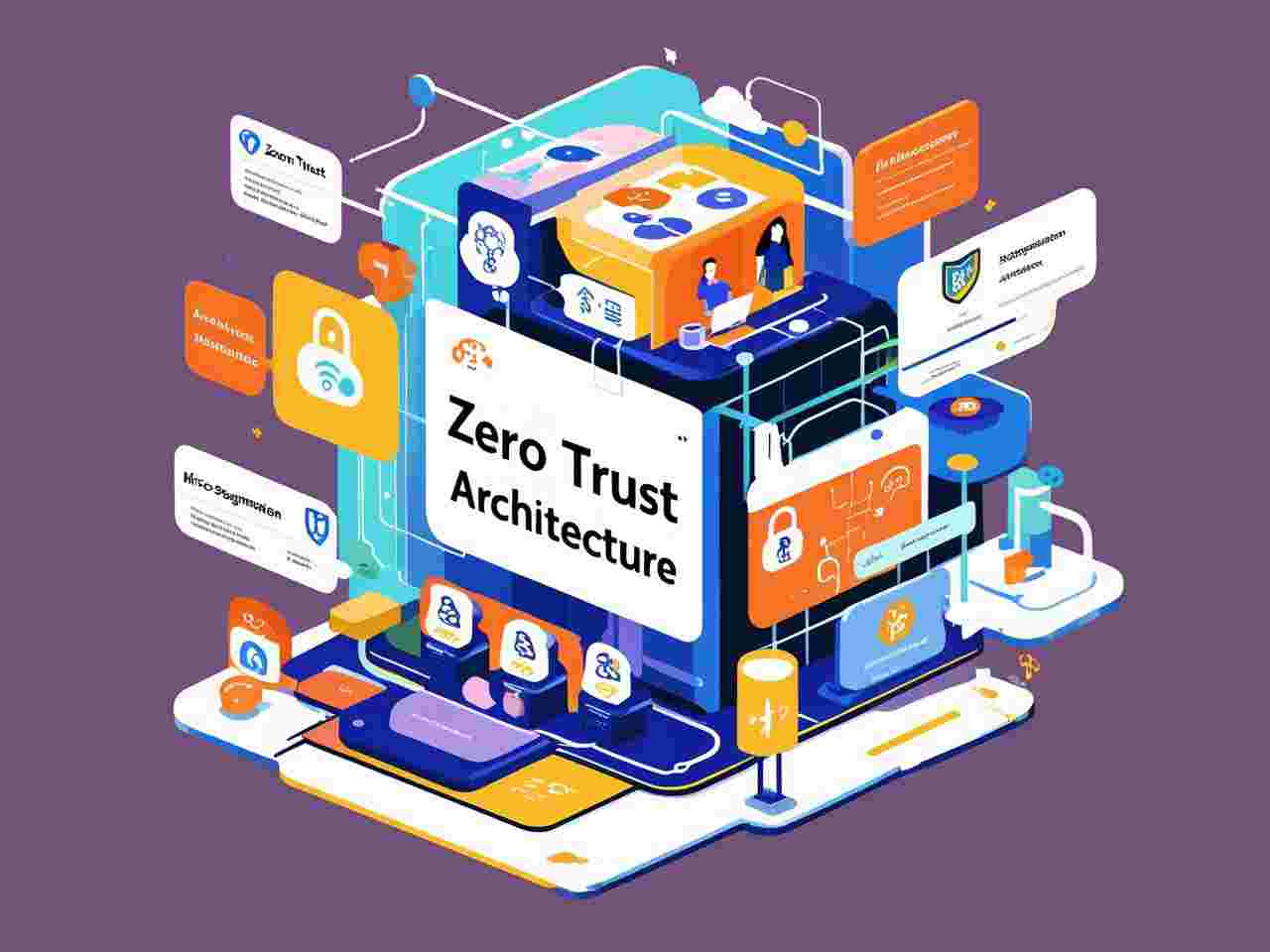In today’s evolving digital landscape, traditional security models that rely on perimeter defenses are no longer effective. As organizations move to cloud-based environments and support remote workforces, the need for a smarter, adaptive security model has become critical. Zero Trust Architecture (ZTA) offers just that—a strategy that treats every access request as untrusted until verified.
At its core, Zero Trust operates on the idea of “never trust, always verify.” It assumes that threats could exist both inside and outside the network, and every user, device, or application must be authenticated and authorized before accessing resources.
Key Tenets of Zero Trust
-
Verify Explicitly: Always validate user identity, device health, and access context.
-
Least Privilege Access: Grant users only the permissions they need to do their job.
-
Assume Breach: Design security measures that minimize the impact of a potential compromise.
Core Components
-
Identity and Access Management (IAM): Leverage Multi-Factor Authentication (MFA) and real-time identity checks.
-
Micro-Segmentation: Break the network into isolated zones to prevent lateral attacks.
-
Real-Time Monitoring: Continuously analyze behavior and detect anomalies.
-
Data Protection: Use encryption and enforce access restrictions on sensitive information.
Why Zero Trust Matters
Implementing Zero Trust reduces exposure to threats, enhances compliance with data protection laws, and strengthens your overall security posture. Though it requires investment and change management, the long-term benefits in resilience and adaptability are substantial.
Conclusion
Zero Trust isn’t just a buzzword—it’s a strategic necessity. For organizations aiming to secure their digital assets in a cloud-first world, Zero Trust provides a future-ready framework for defense.
To Know More, Visit @ https://www.jisasoftech.com/what-is-zero-trust-architecture-a-beginners-guide/




